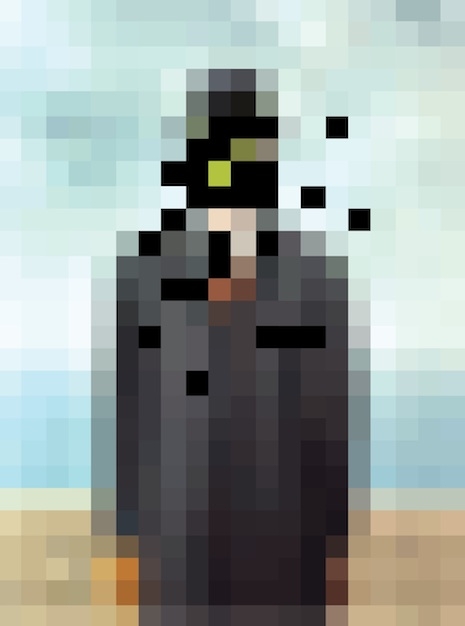
Alexis Poles’ pixelated version of René Magritte’s 1964 painting ‘The Son of Man.’
If you have ever fancied hanging a great work of art on your wall but thought a mass produced copy too tacky, then these pixelated prints by Alexis Poles might just be the answer.
Using famous paintings as his starting point, Alexis has produced his own pixelated masterpieces—from Leonardo’s well-kent face of “Mona Lisa” to Andy Warhol’s “Chairman Mao” and Gustav Klimt’s “The Kiss.” I find these pixelated masterpieces rather appealing—in part because of the original source material but also because of the way in which each picture have been rendered into beautiful cubes of color.
Poles is a graphic design student at Central Saint Martins, London, and his images are all available for purchase via his site Pixology. Each image would be printed on 160gr matt inkjet thermal wax paper and is available in any size.
![]()
Edvard Munch’s ‘The Scream’ (1893).
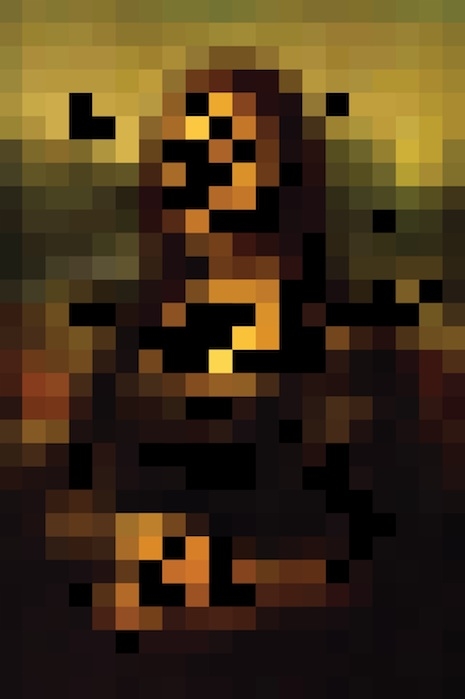
Unmistakeable: Leonardo Da Vinci’s ‘La Gioconda or Mona Lisa’ circa 1503-06.
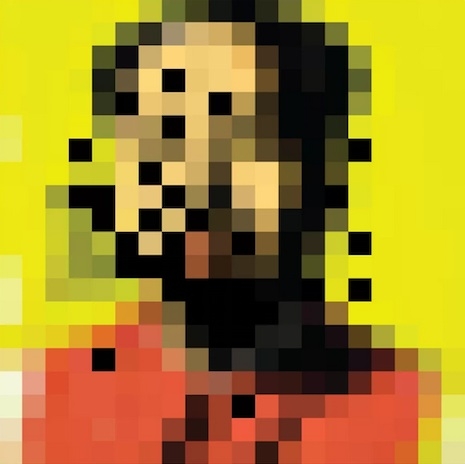
Another recognizable face: Andy Warhol’s ‘Chairman Mao’ (1972).

Screw your eyes up and you may just see Boticelli’s ‘The Birth of Venus’ from circa 1486.
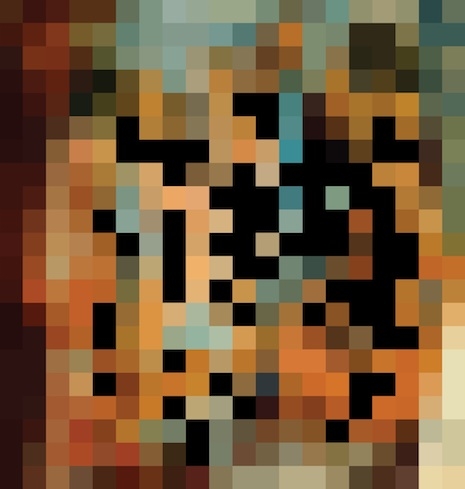
Cubist cubism: Pablo Picasso’s ‘Les demoiselles d’Avignon’ (1907).
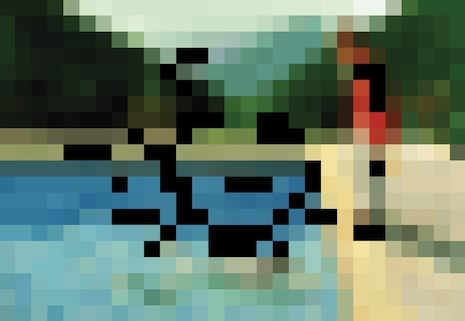
David Hockney’s ‘Portrait of an Artist (Pool with two figures)’ (1972).

Strangely appealing: A variation of Grant Wood’s ‘American Gothic’ (1930).
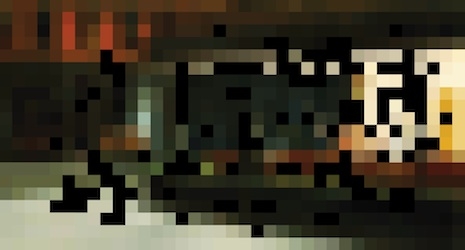
A version of Edward Hopper’s iconic ‘Nighthawks’ (1942).

Abstract Homer Simpson or Gustav Klimt’s ‘The Kiss’ (1908-09)?

Time squared: Salvador Dalí‘s ‘The Persistence of Memory’ (1931).
Via the Guardian and Pixology.